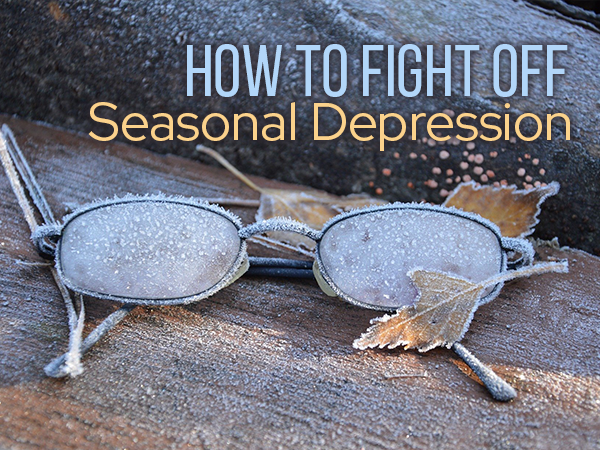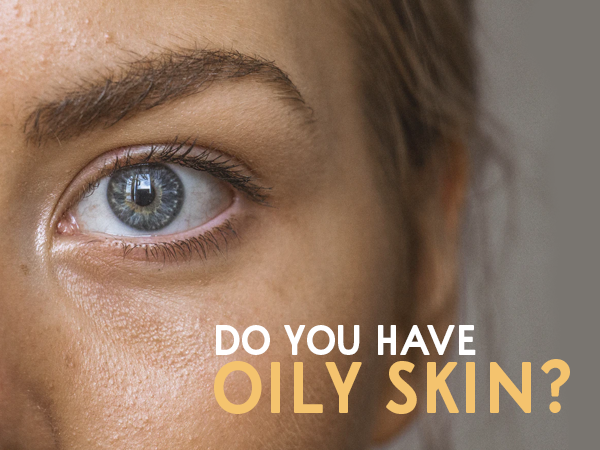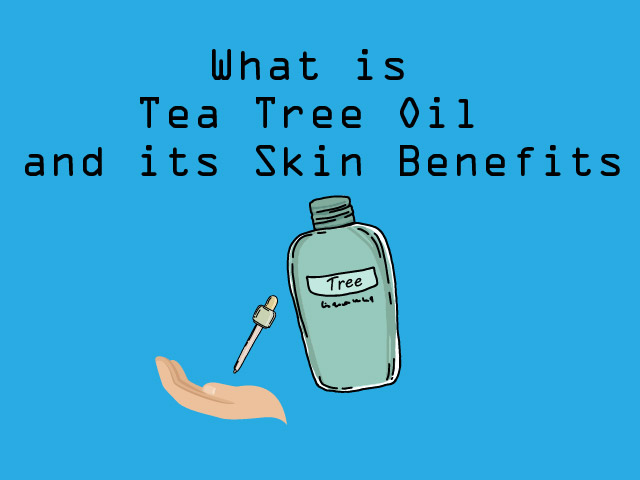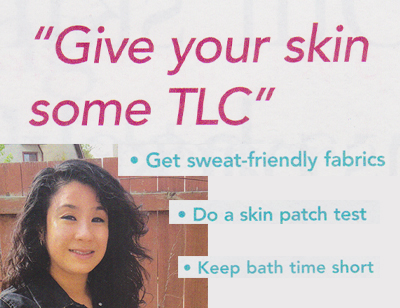Having a fresh and camphor-like smell, the interesting scent of tea tree oil has a powerful antimicrobial property that treats a variety of conditions for the skin. You are probably wondering why I say the scent is interesting? Well many people I talked to have said they either don’t like the smell or are just okay with the smell after only using many times because of its strong scent. And there are those who say that it gives off a pleasant smell since it has a eucalyptus type odor providing a relaxing atmosphere.
Extracted from Where?
The oil is extracted from the narrow-leaved paperbark “Melaleuca alternifolia” which is endemic to Australia. The plant is classified as a tree or a tall shrub that grows particularly along streams and swampy flats of southeast Australia.
Danger! Do not Consume!! Skin Application only.
While Australia is known to house some of the most dangerous animals and toxic plants in the world, it is the same with the tea tree oil. It is considered highly toxic when consumed. Ingesting tea tree oil can instantly cause drowsiness, hallucinations, weakness, diarrhea, stomach upset and severe rashes. Hence reason why the oil is used on the skin (topically) and remember that it is not considered a common tea used for drinking (unrelated from actual tea plant), as the last thing you want is to ingest any of it into your system because of the high toxicity.

Also note – The exposure of this oil in air and light can cause some its compounds to oxidized where some people will have an immediate allergic reaction once exposed.
Bit of History
The commercial tea tree oil industry started way back in the 1920s where claims of several health benefits have been reported. Due to its apparent popularity, cultivation of it has spread out in the Middle East and the United States using several varieties of closely related adaptive species. But you may wonder why the cultivation has flourished despite being a toxic plant?
Gimme the Benefits? Or Does it Have any?
Manufacturers of tea tree oil has processed it to have a lower concentration where it can become an ingredient in cosmetics or as an essential oil. Many have claimed it to be useful in treating a wide variety of health conditions as you will see below but what I have discovered is that there are a lack of strong scientific research to back up all these claims (so use it at your own discretion) . Also understand this is case for several other essentials oils only because there is a lack research for many reasons, so it doesn’t mean it will not work for you. Just be cautions, use the correct dosage, consult a specialist if you are concern, and do the patch test(24 – 48 hour skin test).
This oil is supposedly great for treating infections and certain skin condition but the evidence for both have have been little in fact and not conclusive.
Got Acne?
One of the most common uses is the treatment for acne. Study shows that it is just as effective as other acne treatment with some minimal associated side effects like redness and drying of the skin. You can search for many home remedies in this area on the net.
Flaky scalp?
Tea tree oil is also proven to be beneficial to your hair and scalp where it has the ability to sooth dry and flaky skin while removing dandruff and lice. Some have even made their own tea tree oil shampoo by mixing several drops of the oil with aloe vera and coconut milk. Just a word of cautioned, a study from 2012 suggested not to use it on children’s scalp as it can cause a negative reaction (study concerning use for lice).
Have warts?
Apply some of the oil once a day to the infected area for 30 days.
Have a bad cough or bronchial issues?
Try applying a FEW drops of the oil into your bath water. There has some incidents where people put too much of it in their bath water and when they came out, their skin had burning sensation. I wouldn’t put more than 2 drops, but I heard 5-10 small drops is safe.
Got bad body odor?
With its anti-microbial properties, you can use it to as a type of deodorant. I would recommend just purchasing the deodorant sticks that have tea tree oil as an ingredient.
Mixing with other Oils?
It can also be mixed with other essential oils, like for instance; mixing with lavender oil will make a great homemade ointment for treating cuts and other small wounds. If you have Eczema, try using a coconut mixture (half cup of coconut oil) with 10-20 drops of the tea tree oil.
Just remember to follow my 24-48 hour skin test when applying new products to your skin. To learn more on mixing different essentials oils please read this instruction article or you can also join my email list below.
















Helllo!! My name is Sou
I have lived with Eczema my whole life and it has been a constant battle. Welcome to my journey! Let's battle this together!